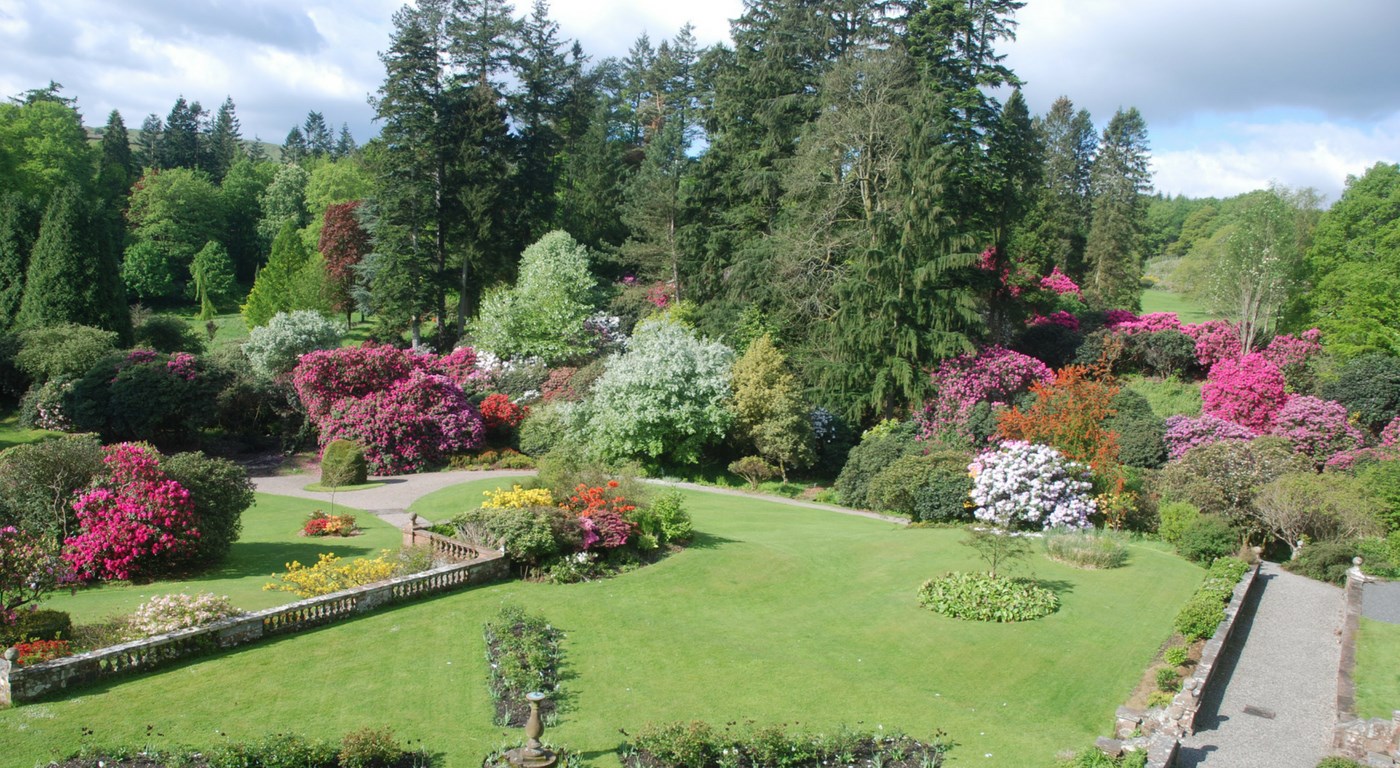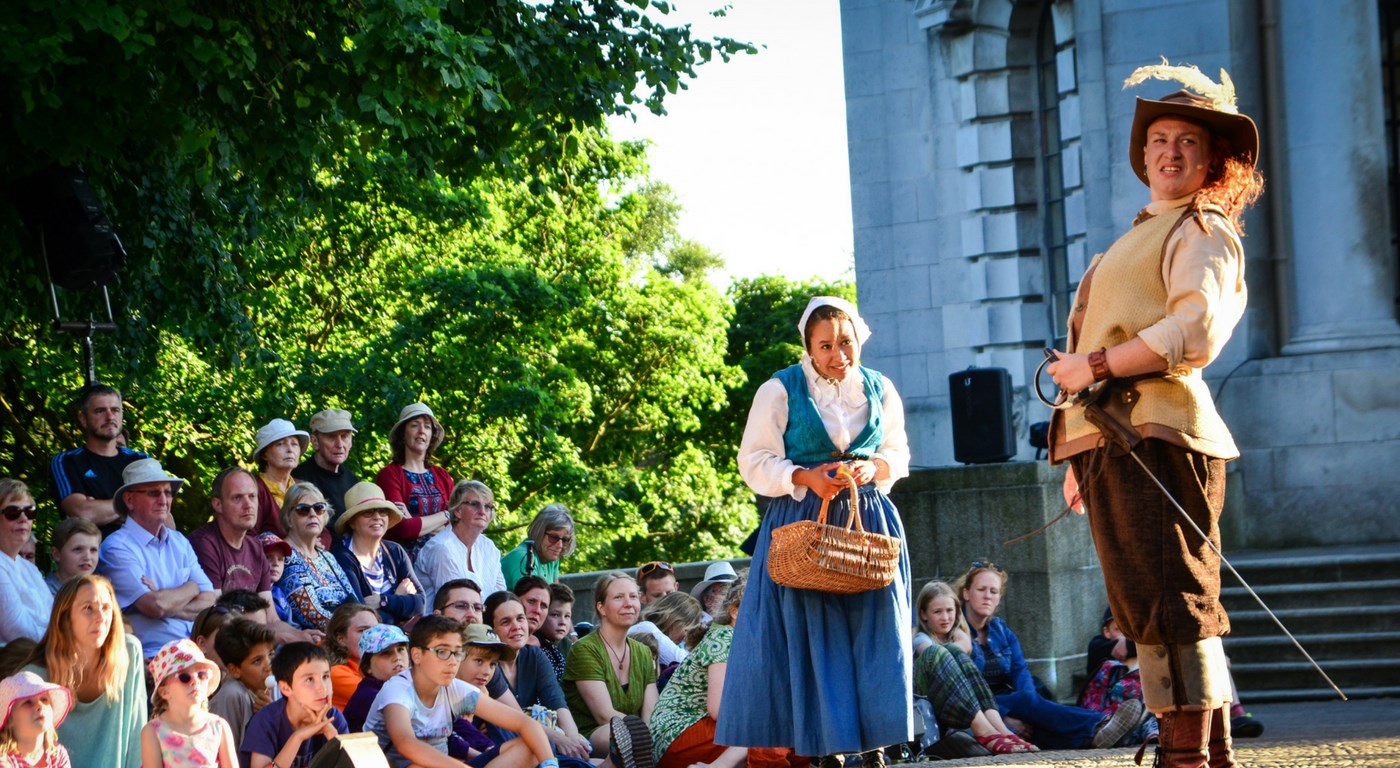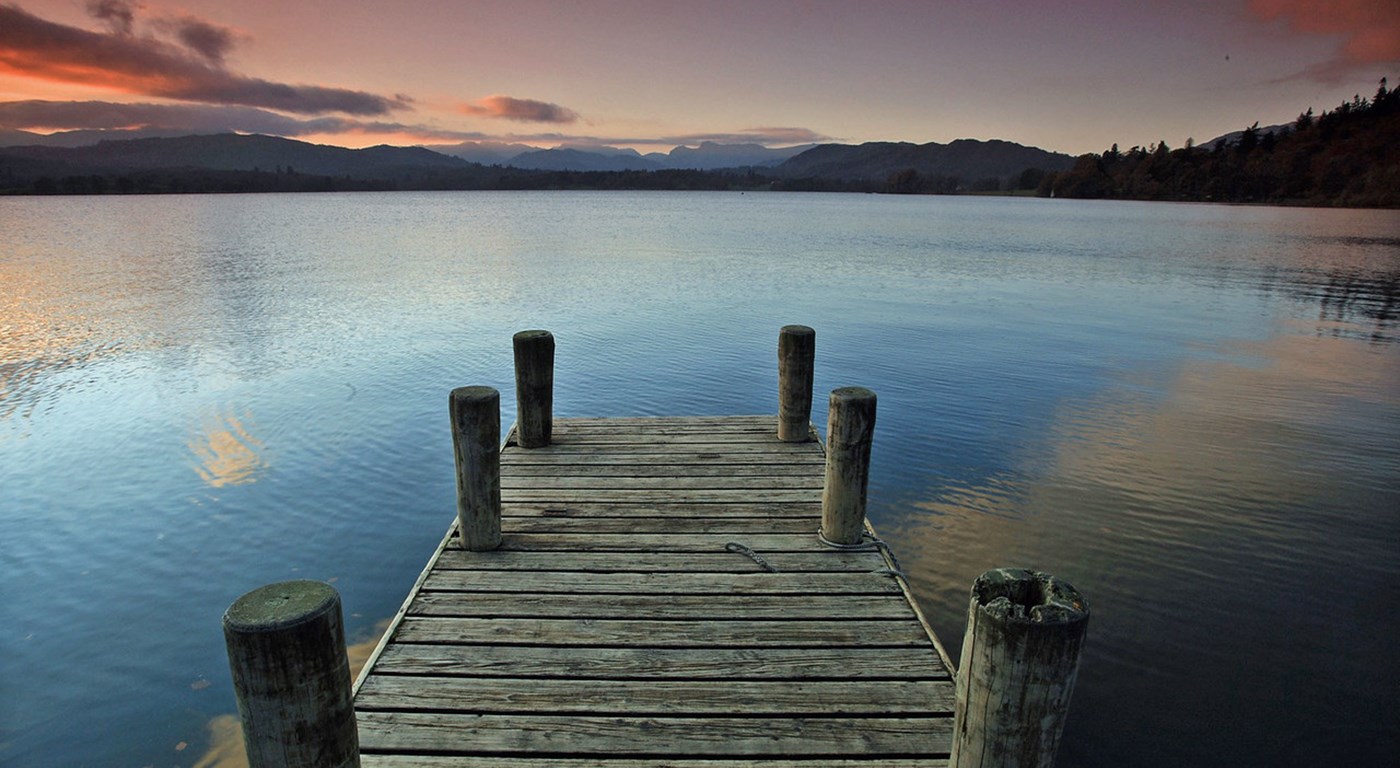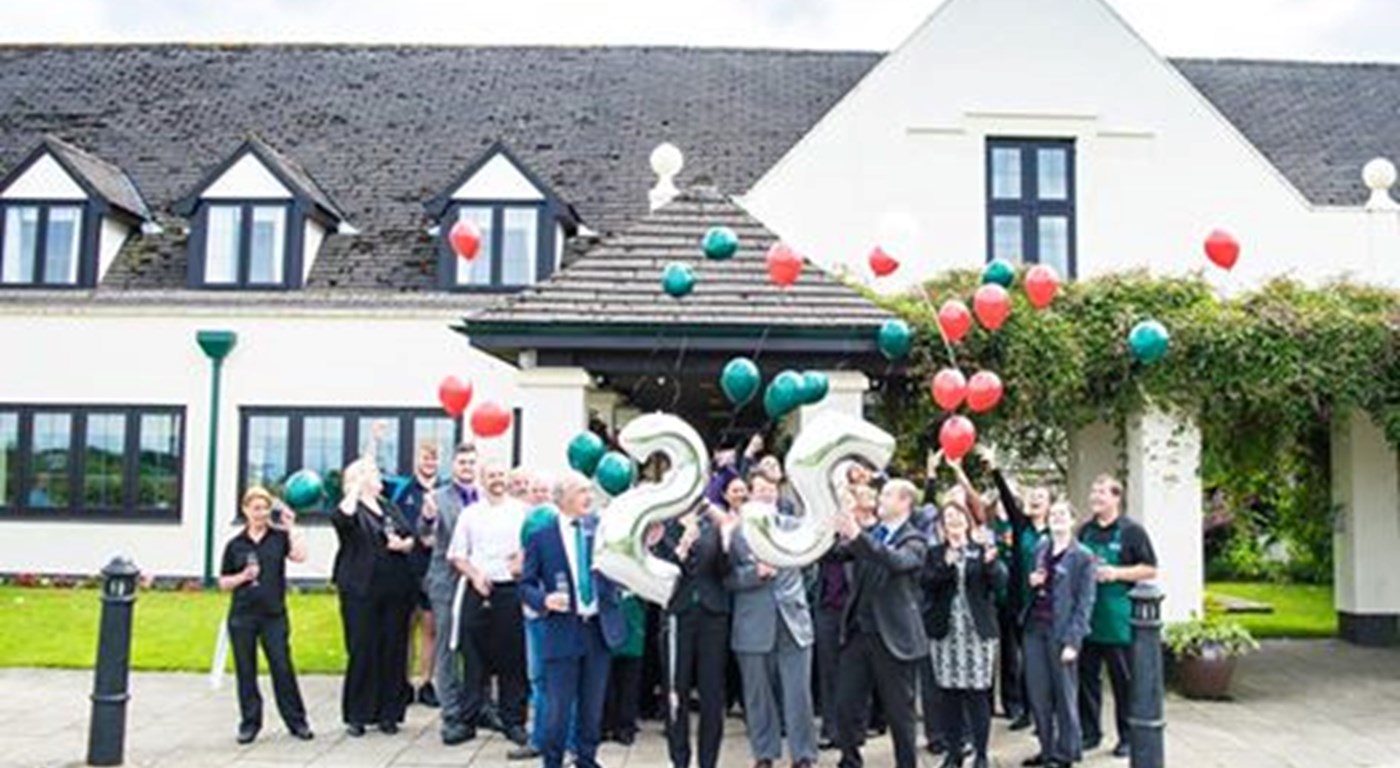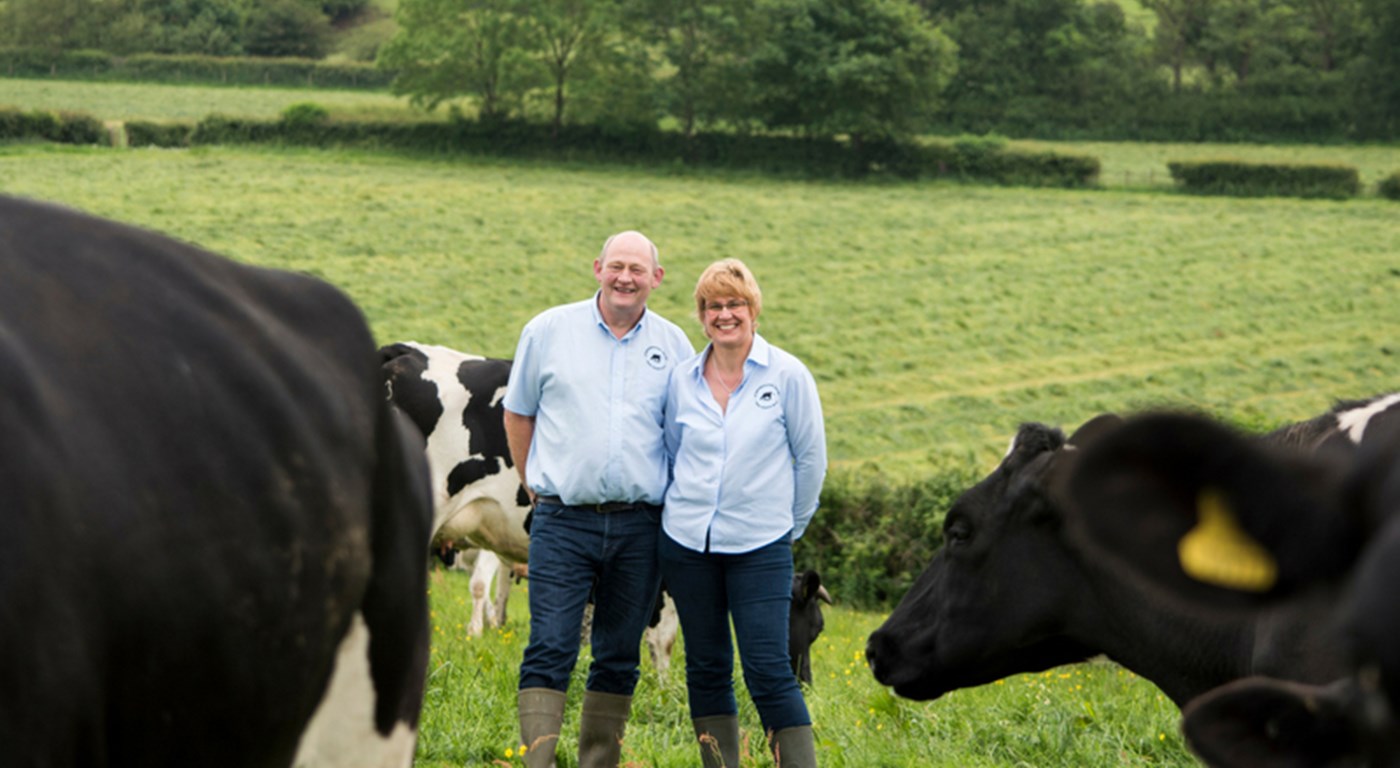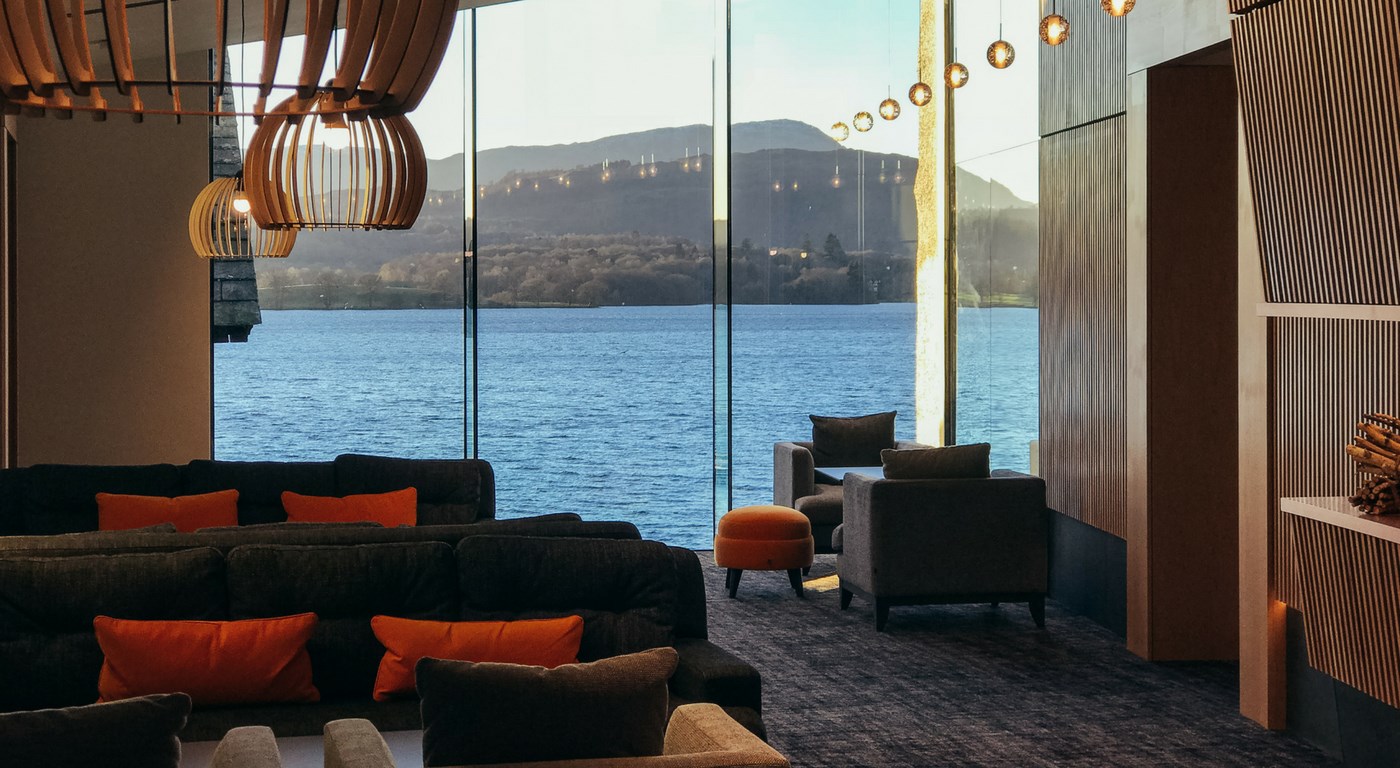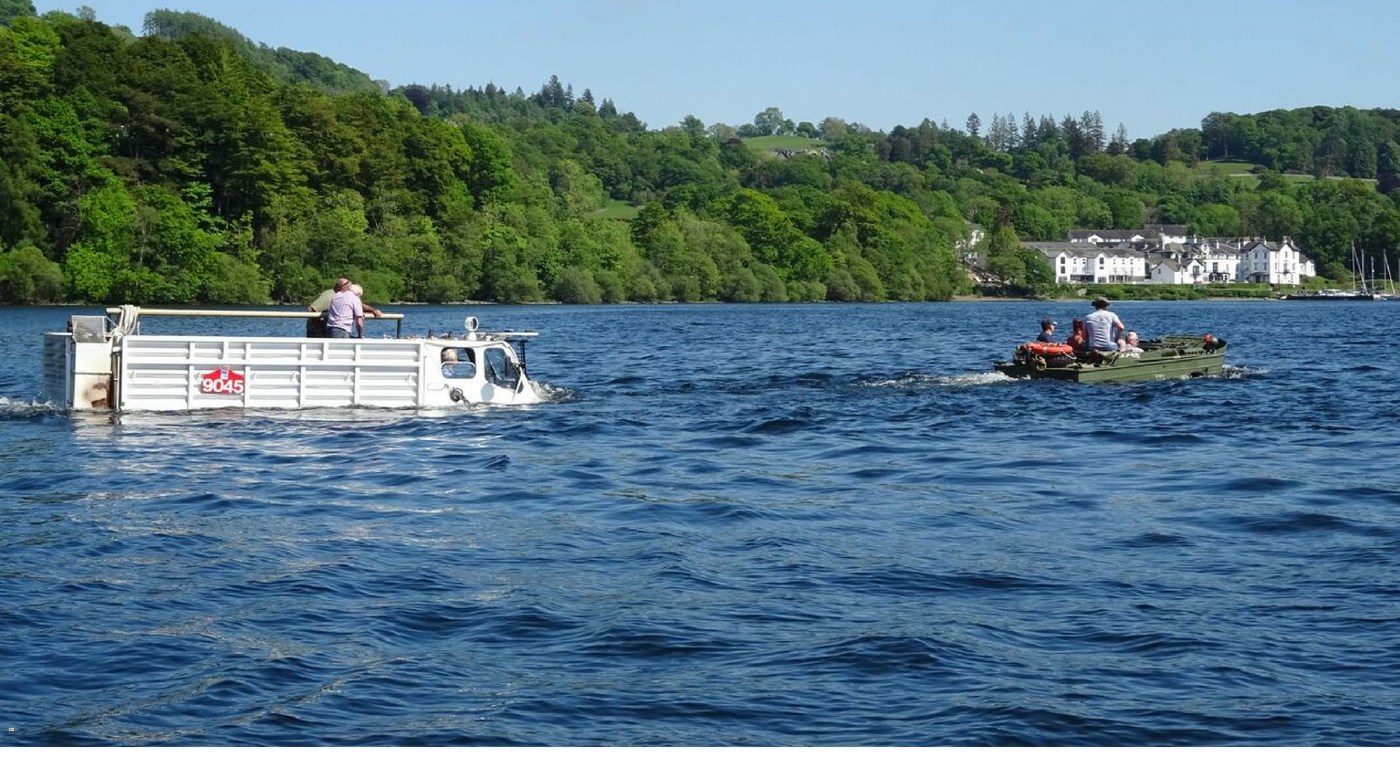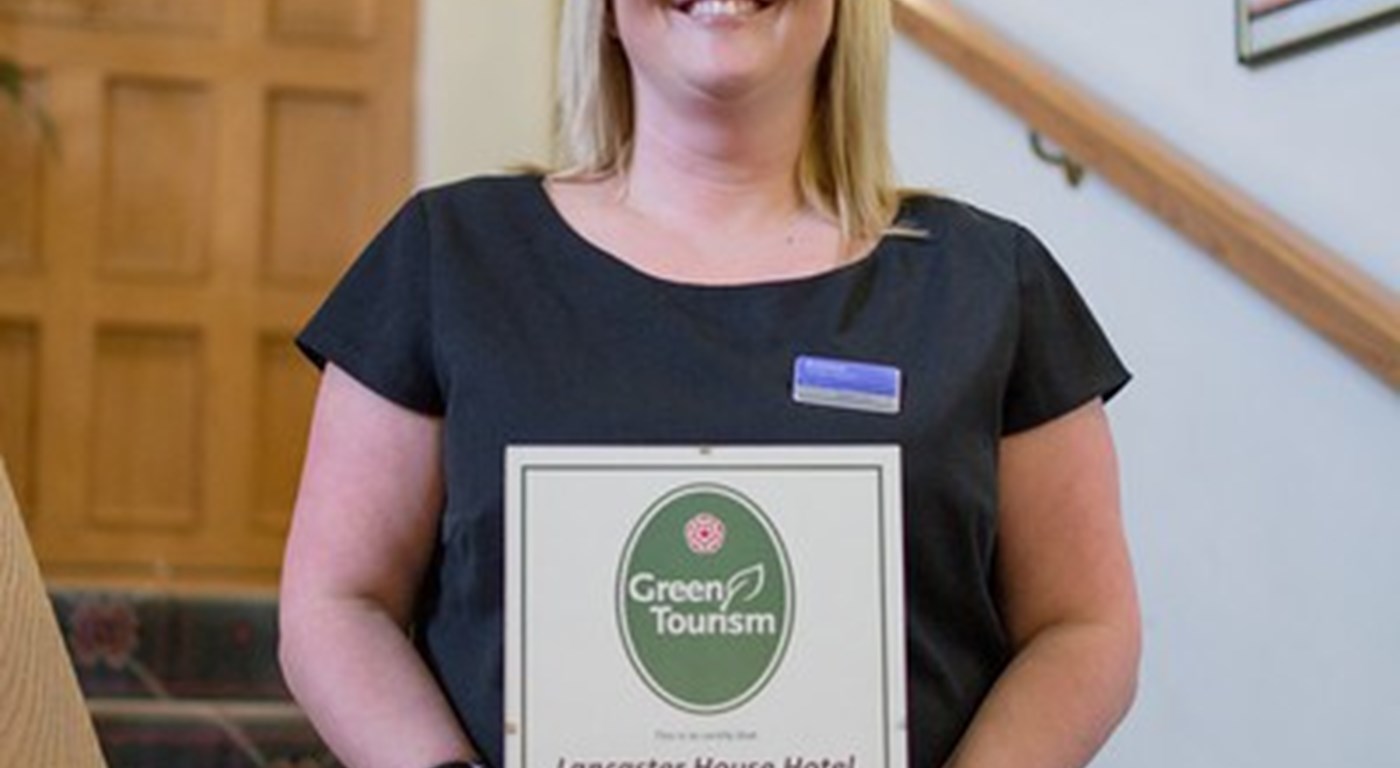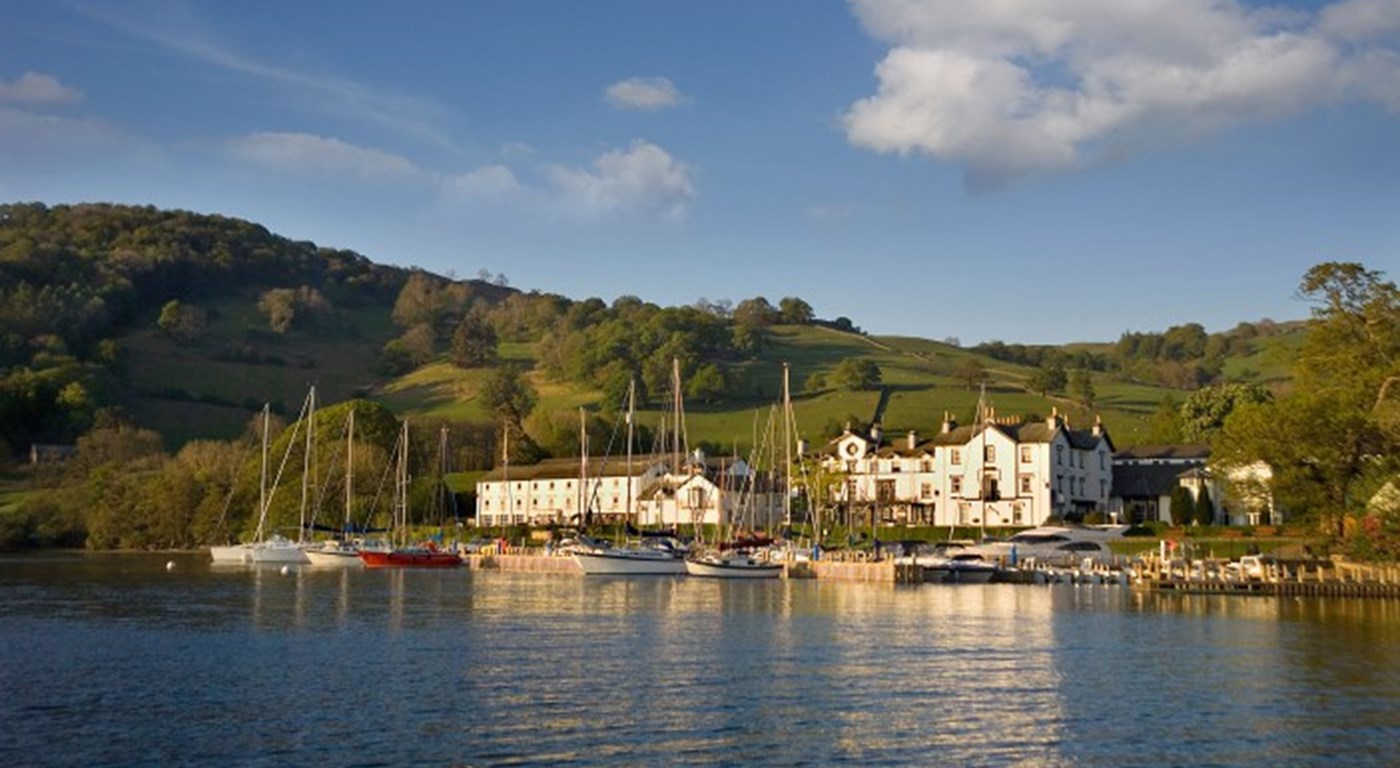On a glorious day out in the Lake District there can be no better pastime than wandering through some of the finest examples of garden design in the country. With landscape architects the calibre of Thomas Mawson, Guillaume Beaumont and even William Wordsworth himself, you will find yourself spoilt for choice. Here are five that we think top… Continue reading Five Lake District Gardens to Visit This Summer
Author: admin
Lancaster House, Three Musketeers & Cheese-to-Go
We sent Lancaster House theatre buff, John Jemont, to an evening of high adventure at Williamson Park. What a delightful way to enjoy a beautiful summer evening in the outdoors, with great acting, audience participation and a tasty picnic selection of Lancashire cheese and a glass of port supplied by Lancaster House. Here’s what he… Continue reading Lancaster House, Three Musketeers & Cheese-to-Go
Swallows and Amazons – Ten Interesting Facts about the Book and the Author
The reviews on early showings of the eagerly anticipated Swallows & Amazons re-make are starting to trickle out. It has got to be said that not all are convinced that the vision of ‘capturing the imagination of the Harry Potter generation’ will be realised with this spiced up, ‘white-knuckle-ride adventure’ version of the treasured Arthur Ransome novel.… Continue reading Swallows and Amazons – Ten Interesting Facts about the Book and the Author
Lancaster House Memory Lane – First Ever Wedding
We can hardly believe it is 25 years since we first opened the doors of Lancaster House to welcome our guests. Where has the time gone? We’ve hosted hundreds of weddings over the subsequent years, but Sarah and Duncan Roper were our very first wedding couple and we look forward to re-creating their wedding breakfast for them when they visit… Continue reading Lancaster House Memory Lane – First Ever Wedding
Celebrating 25 Years of Hospitality at Lancaster House
Directors and managers, along with their partners, celebrated 25 years of business and life at Lancaster House with a beautiful three course meal and speeches reflecting on the preceding quarter century. Doesn’t time fly when you are enjoying yourselves! Photographs of the team over the year recreated in 2016 below: Directors and Management Team at Lancaster House… Continue reading Celebrating 25 Years of Hospitality at Lancaster House
Lancaster House Adds New Creamy Lancashire Cheese to the Larder
Lancaster House is delighted to be adding another Lancashire cheese to our cheese larder. Our free Range Creamy Lancashire is produced by Chris and Steph Stephenson, who already supply our free range milk. In conversation we discovered that this new tasty cheese also shares a Sandeman connection with Lancaster House. Chris and Steph Stephenson on… Continue reading Lancaster House Adds New Creamy Lancashire Cheese to the Larder
Five Reasons to Visit The Atrium at Low Wood Bay
There are many reasons to visit the stunning new Atrium at Low Wood Bay, here are the first five that come to mind. Fantastic Lake District Views Positioned above Lake Windermere and offering uninterrupted views over the lake and towards the mountains beyond, we can’t imagine a better backdrop for meeting up with friends for… Continue reading Five Reasons to Visit The Atrium at Low Wood Bay
Low Wood Bay Welcomes Help for Heroes Event
We are always delighted to welcome back to Low Wood Bay, ex-service men and women from Catterick Garrison along with members of the North East Military Vehicle Club. Sunshine Spectacular David and Doris Forster, with Jeep owner Tom Cummings This is the fourth Help for Heroes event, organised by David Forster and his wife, Doris Ann, and… Continue reading Low Wood Bay Welcomes Help for Heroes Event
Lancaster House Love a Good Cup of Coffee Grounds
Emma Underwood, Operations Manager at Lancaster House is responsible for ensuring that we maintain the highest possible standards in Green Tourism. She leads a team of Green Champions who are always on the look-out for creative ways to conserve, re-cycle and reduce our carbon footprint. To celebrate National Coffee Day they’ve come up with ten tips for… Continue reading Lancaster House Love a Good Cup of Coffee Grounds
Low Wood Bay Welcomes UNESCO Delegation
The Lake District is one step closer to World Heritage Site recognition after receiving an important UNESCO delegation that had the opportunity to see first-hand the magnificent cultural landscape in which we live and work. Low Wood Bay, the venue for UNESCO World Heritage delegation visit[/caption] On 2nd October, Low Wood Bay welcomed the Lake District National Park Partnership who hosted the three… Continue reading Low Wood Bay Welcomes UNESCO Delegation
